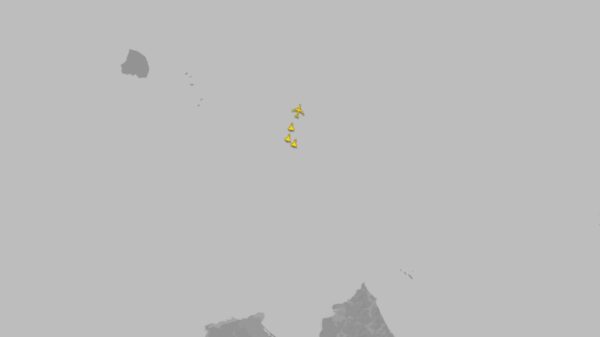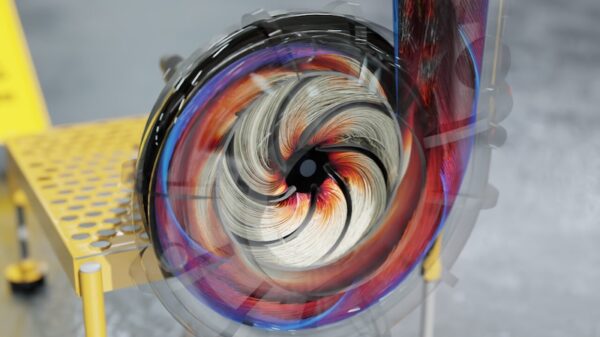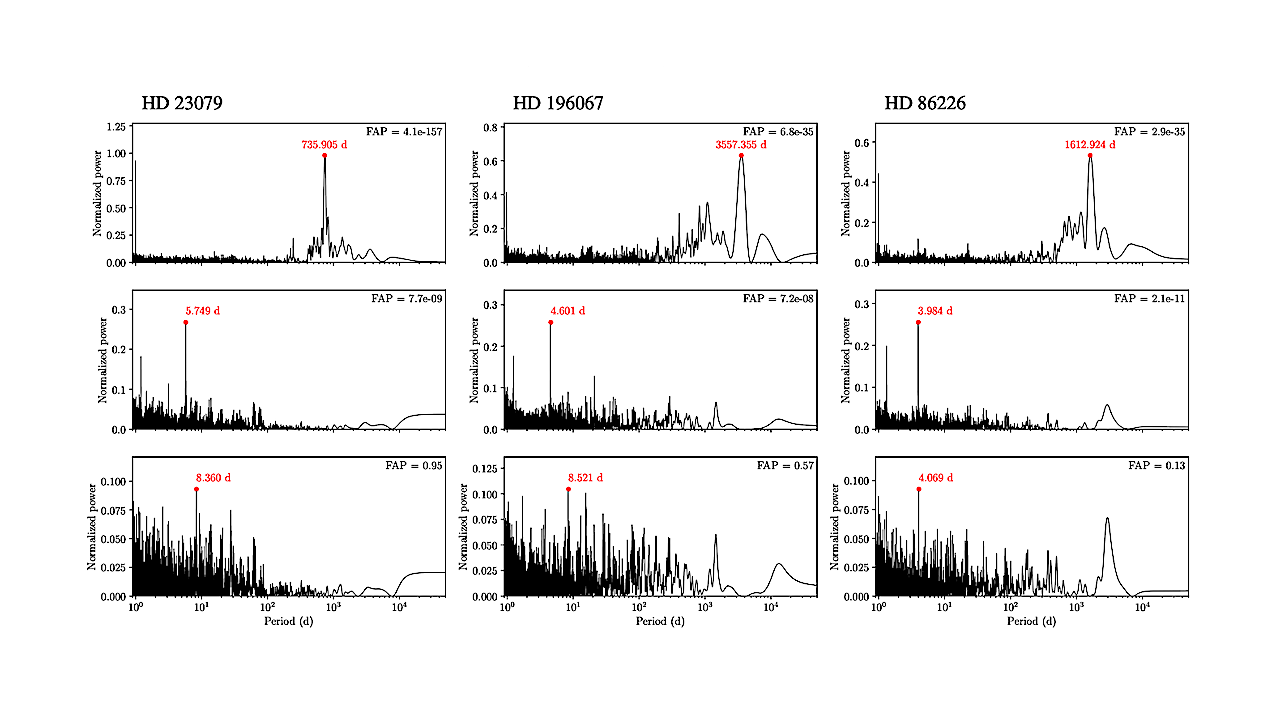Recent research has unveiled new insights into the relationships between outer giant planets (OGPs) and inner light planets (ILPs) in various planetary systems. A team led by Jean-Baptiste Delisle has conducted a long-term observational study that yielded the first three detections of ILPs in systems hosting OGPs. The findings challenge existing theories regarding the correlation between these two types of planets.
The research focuses on the stellar systems HD 23079, HD 196067, and HD 86226, where the team identified three new ILPs. Specifically, they detected an 8.3 mass Earth (mE) planet orbiting HD 23079 every 5.75 days, a 10.4 mE planet around HD 196067 with an orbital period of 4.6 days, and confirmed a previously identified 7.5 mE planet orbiting HD 86226 every 3.98 days.
Methodology and Observational Strategies
The study utilized advanced observational techniques with instruments including CORALIE, HARPS, and ESPRESSO. The researchers emphasized the importance of maintaining homogeneity in their samples, both in terms of stellar properties and their observational strategy. This meticulous approach aims to provide a clearer understanding of how ILPs are present in systems both with and without OGPs.
Previous studies have produced conflicting results regarding the correlation between OGPs and ILPs, often influenced by small sample sizes and varying methodologies. The ongoing research aims to address these discrepancies by presenting a more cohesive dataset.
While the sample size remains relatively small, the findings suggest a potential contradiction to earlier research that indicated a strong correlation between OGPs and ILPs. A comprehensive statistical analysis will be conducted in future studies to further explore this relationship.
Implications for Planetary Science
The ongoing debate about the formation and architecture of planetary systems is crucial for understanding the universe’s complexity. This research contributes significantly to the field of Earth and Planetary Astrophysics, as it seeks to unravel the intricate dynamics between different types of planets.
As the study progresses, the implications of these findings could reshape our understanding of planetary formation theories. The results have been accepted for publication in Astronomy & Astrophysics and are available for further review on arXiv under the identifier arXiv:2509.26232.
This research not only adds to the growing body of knowledge regarding planetary systems but also sets the stage for future investigations that could lead to groundbreaking discoveries in the field of astrophysics.




































































